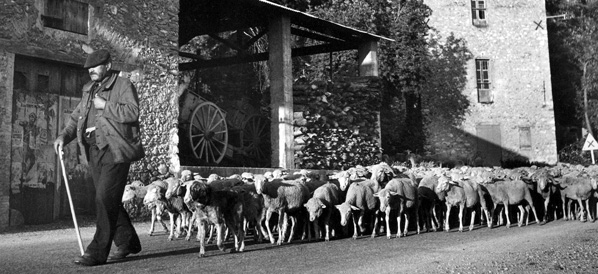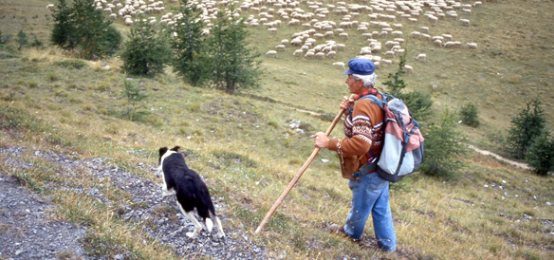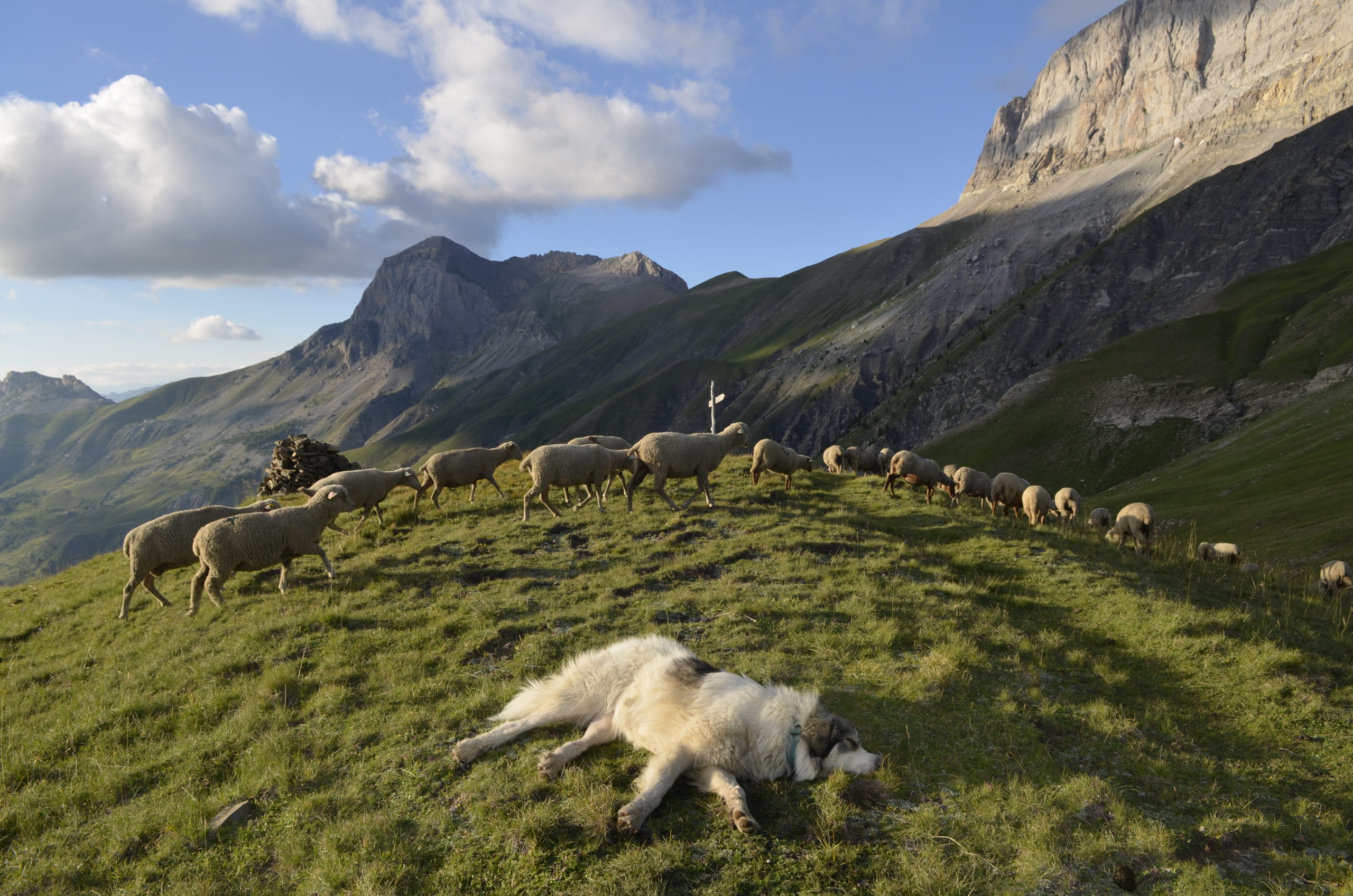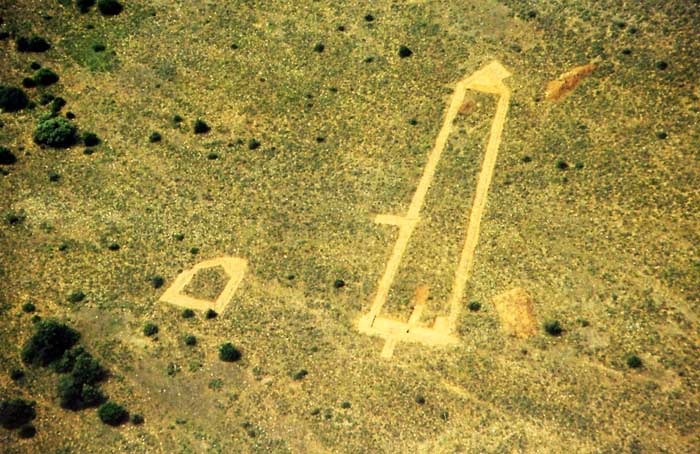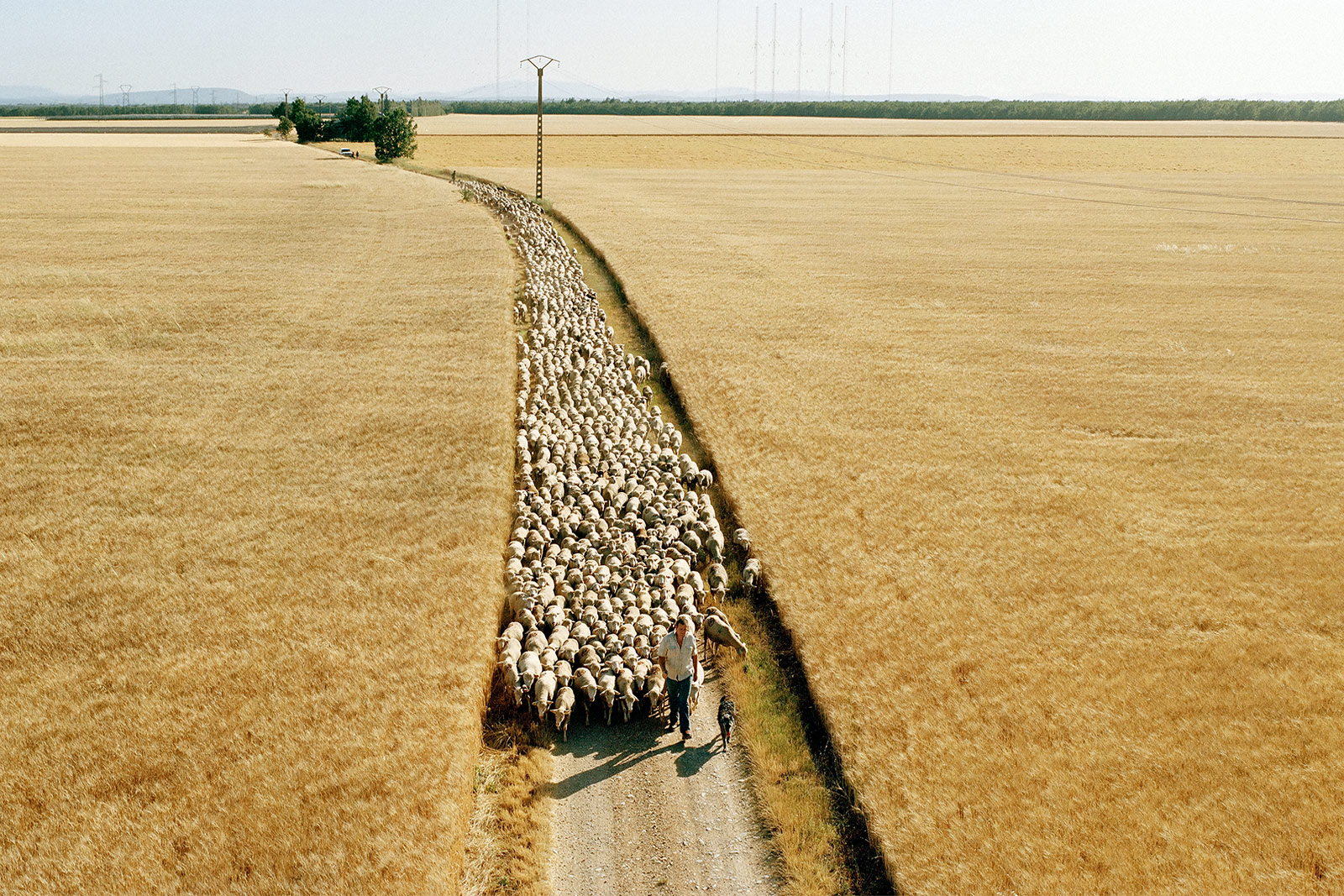In the best years, between 50 and 60,000 sheep travelled from the Crau and Camargue Plains to graze in the mountains of present-day Piedmont.
The great transhumance created unchangeable ties between territories. Many of the pastoralists now active in Provence came from Piedmont’s Occitan valleys, the Stura Valley in particular.
